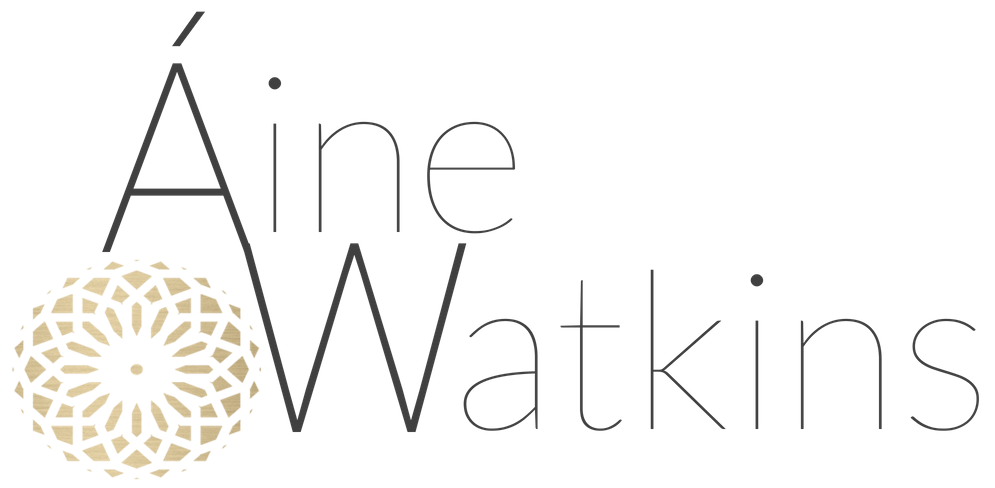How Our Patterns in Relationships Get in the Way
I hope you have settled back after the break and are still feeling somewhat energetic as you get into the year.
Most of the difficulties I see in organisations boil down to how we relate to one another. Hence the topic below. How we set expectations, how we assess and manage performance, how we make decisions, how we set agendas for meetings, what gets discussed and what doesn’t etc. is all connected to the more tangible ways we relate together. What often doesn’t get a lot of attention is what lies beneath the surface of that - the invisible dynamics that oil the wheels of culture. I tackle that in the section below.
First I want to let you know that The Conscious Game Changer’s Program is now open for enrolment. There are a limited number of spaces for the right mix of people to keep the group potent and intimate. Click on the link below for more information.
How Our Patterns in Relationships Get in the Way
Relationships are the source of so much joy and so much pain for most of us, whether it be work relationships, love relationships, parental relationships etc. Common patterns that I see in my work are often related to the stage of our development, but I'm not going to focus too heavily on that right now. Here I simply identify the patterns.
First is the pattern of needing to be liked, needing to please, not wanting to hurt, wanting to be in the ‘good books’. Often that pattern can be justified in a direct report relationship. There's a culture in place that reinforces a certain order of relationship, connected with the hierarchy. But it is worth questioning how that serves us and our organisations - what it gives and what it limits.
Regardless of how senior someone is, this pattern usually still operates - towards peers, the CEO, the Chair. And the question is at what cost to self, the other person and the organization? When certain things can’t be said standards will slip, hidden conflict will go unaddressed, original thinking won’t be heard. How do we go beyond this pattern of relating in ourselves and encourage it in our direct reports, so that all benefit? And when is this pattern entirely appropriate?
Another pattern I see is, the one where we advocate for what we think and are not so concerned with the impact or the thoughts of another. We do what we can to get the other person to see our point of view. And sometimes we are not really listening, privately dismissing their comments, working to educate them, inspire them or convince them of our point of view.
The more senior we are in an organization, the more likely this operates in us. This pattern can be seen in the orientation to ‘drive change’ throughout the organization, to lobby to get something different to happen. This pattern is incredibly powerful, until it isn’t, until we reach the point where there is so much complexity that we can no longer be certain of our stance. Where the path forward requires the synthesis of different perspectives. A new pattern is required.
This new patten is rare. It’s the pattern of dynamic, alive, relational interconnection, where we drop our fixed views about the other and engage in the moment with them, opening up the space for new, creative ideas to emerge between us, so that we can arrive at a new synthesis. This is what is needed to make the most of diverse perspectives. It goes beyond debating or discussing the argument into the region of genuine dialogue where there is as much, if not more, inquiry as advocacy.
And we can trick ourselves into thinking we are doing this when really it is another ploy to get someone to adopt our point of view. This creates dissonance, the appearance of dialogue, when everyone knows a stance has been taken. It wastes times and reduces trust. How can we shift the context, frame the conversation to genuinely encourage this type of pattern, where advocating for one point of view is no longer sufficient? I would argue that’s increasingly needed now in setting strategy and evolving culture.
We can so easily get stuck in our patterns and the relationship becomes predicable. How would it be for us to open up out of that pattern, to really attune to the territory of that other person, beyond the fixed views we have of them? We may be surprised. It requires us to open into the discomfort of not knowing.
The more that we can live in the dynamic process of relating, the less stuck and the more freedom we have, to see anew the person each time we interact with them. And so the relationship remains vibrant and dynamic and shifting across time. Sounds like a pipe dream right! One worth imagining don’t you think?
Questions to Ponder
What are my predominant patterns in the way I relate?
How do they differ in different contexts?
How do they benefit and how so they limit?
What pattern would be most beneficial to address some of the challenges I face?
Sending love and courage
Áine
The Conscious Game Changer’s Program, is now open for enrolment. There are a limited number of spaces for the right people, to keep the group potent and intimate. Click on the link below for more information.


